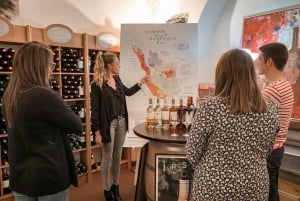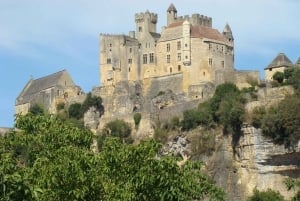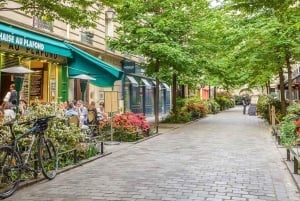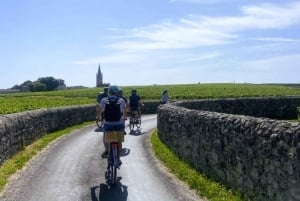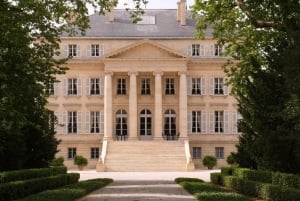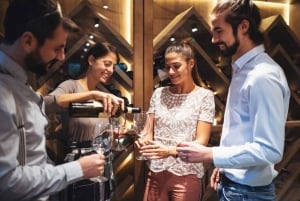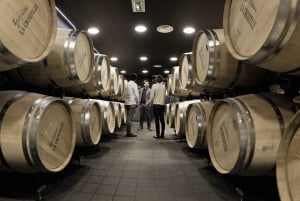Cognac
To find Cognac go North on A10 from Bordeaux then east on N141. The town of Cognac with a population around 20,000 is on the river Charente in the Charente Department of Aquitaine. Take a deep breath of the sweet and heady scent - you have found the world’s centre for the heavenly elixir of Cognac! The Dutch first discovered cognac in France and called it "brandewijn" or burnt brandy. Only brandy from Cognac made under strictly defined regulations can be called Cognac.
Touring the vineyards of Cognac, particularly in the Grande Champagne area, you’ll enjoy traditional distilleries, barrel factories and Romanesque churches and of course fantastic tastings of lesser known labels. But this is also your opportunity to sample the great houses of Hennessy, Martell, Otard, Camus, Remy Martin and Courvoisier and at the same time check out some new innovations on the cognac scene such as Conjure.
Cognac is doubly distilled white wine made only in the Cognac area for the AOC designation. After distillation it is aged in oak barrels for four to forty years and then bottled. The skill is in the blending. All Cognacs are made by blending "Eau de Vie" which can be made from grapes of different locations and different vintages. However, the best Cognacs typically use grapes from one area of Cognac, Champagne (Grande and Petite Champagne grapes).
The biggest break for Cognac came via the Dutch. They dominated international trade and particularly the wine and spirit trade even over Britain in the mid 17th century and gave this brandywine to their sailors. The Dutch brought back early Cognac to distil it first in Holland and then installed their own stills in the Cognac region. Later in the 17th Century the connoisseurs of the Brits, always sharp to recognize a good thing, became a destination market for what they called "Coniac" or "Coniak".


